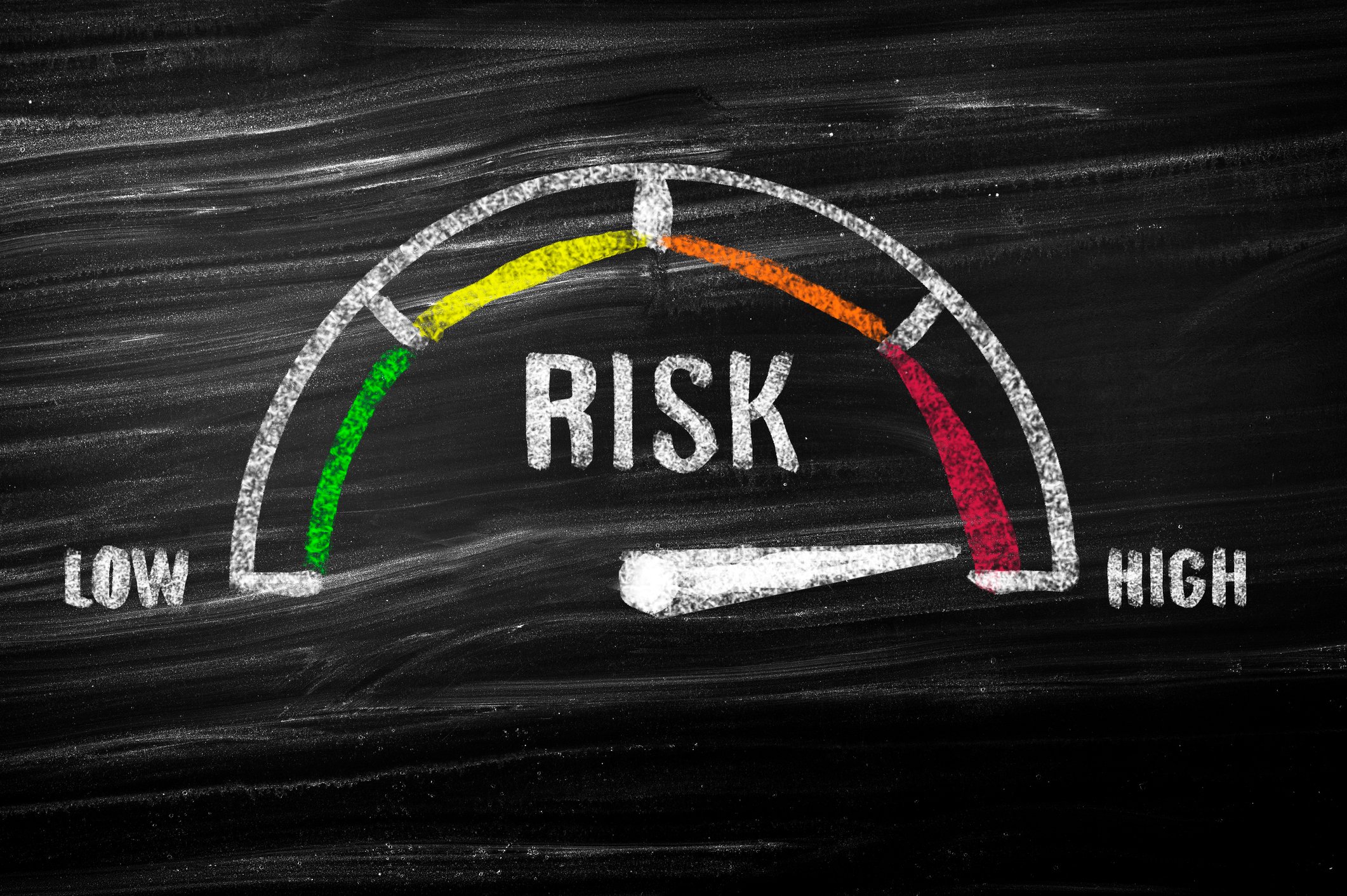It's not easy to be the New York Stock Exchange's biggest gainer, and it's even harder to achieve that feat in back-to-back weeks. Carvana (CVNA 3.85%) did just that, soaring 45.2% last week and topping the performance of all of its peers on the iconic trading exchange. That's after the online used-car reseller led the way a week earlier with a 39.6% gain. Carvana stock has now more than doubled over the past two weeks, skyrocketing 102.6% along the way.
You don't need to search hard to find a catalyst for the astronomical rally that has seen the shares moving higher for the past nine trading days. Carvana posted its first quarterly results as a public company two weeks ago, exceeding expectations and offering guidance suggesting that things will get even better as 2017 plays out. A company's first report after its IPO is critical in making sure initial investors don't feel bamboozled, and it's fair to say that Carvana has more lived up to the initial hype.

Image source: Carvana.
Calling shotgun
Carvana went public at $15 in April, and it initially flopped. The online retailer of used cars with its over-the-top vending machines seemed like more of a novelty than a business model to a fickle marketplace of investors. The stock tumbled to the high single digits in the days leading up to its blowout quarter.
Carvana sells cars online, and while it can offer driveway-direct delivery, trade-in values within minutes, and a generous seven-day return policy, it's the automobile-dispensing towers that seem to garner all of the attention. Buyers can pick up their purchased vehicles at one of nearly two dozen distribution centers, with multi-level towers that spit out cars as if they're gargantuan vending machines.
It may all seem cheesy, but the growth is undeniable. Revenue soared 118% to $159.1 million in its first quarterly report as a public company earlier this month. Carvana sold 8,334 vehicles during the quarter and closed out the period with roughly 7,700 cars in its inventory, so the vehicles aren't collecting dust. Carvana's online platform is effectively pricing these big-ticket second-hand drives to move.
We're still not at the point where Carvana's turning a profit, and analysts don't see that happening for another two years. Carvana is too busy building up its platforms and expanding its physical distribution centers to stay out of the red these days.
It's had to ignore the top-line growth. Carvana expects to generate between $850 million and $910 million in revenue this year, a 141% spike at the midpoint of that guidance that also implies accelerating growth through the balance of 2017. Carvana's strong growth and guidance that landed well ahead of what the Wall Street pros were targeting for the second quarter and all of 2017 have lit a fire under the shares. The market's now rethinking the stock's valuation and perhaps its initial instinct that Carvana's business is more flashy than viable.






